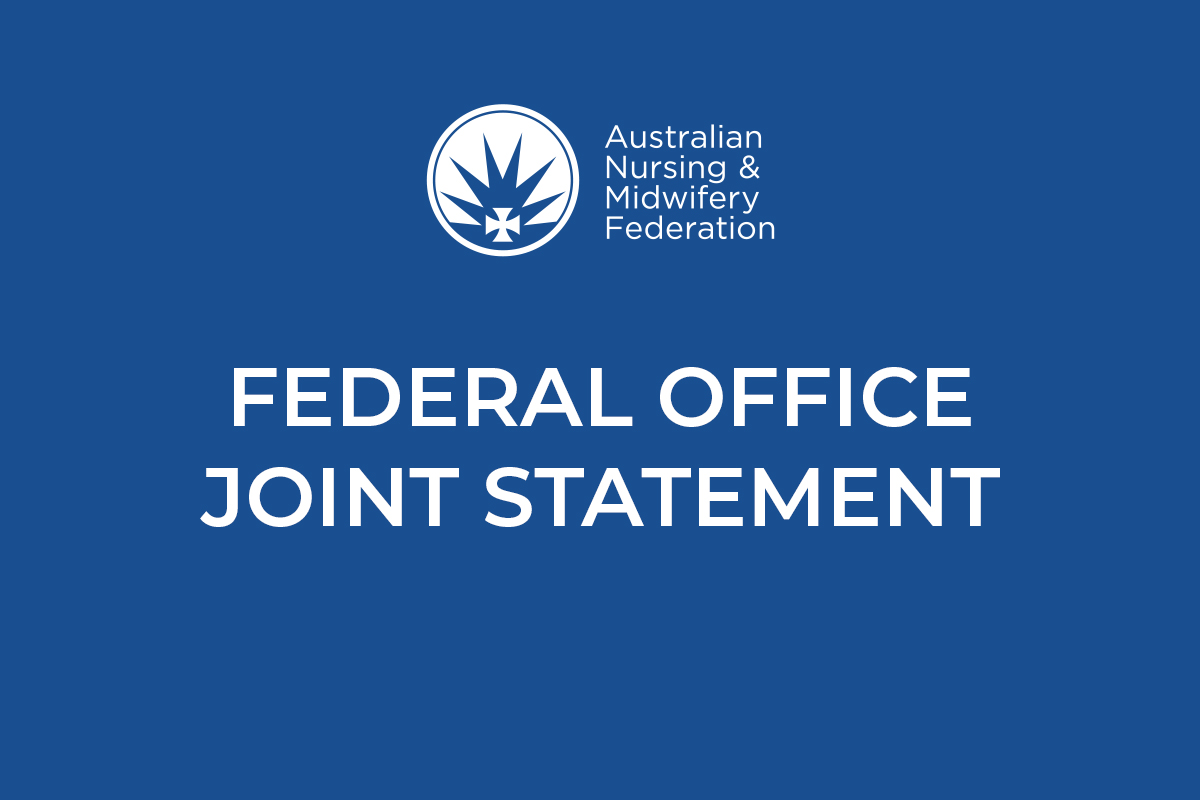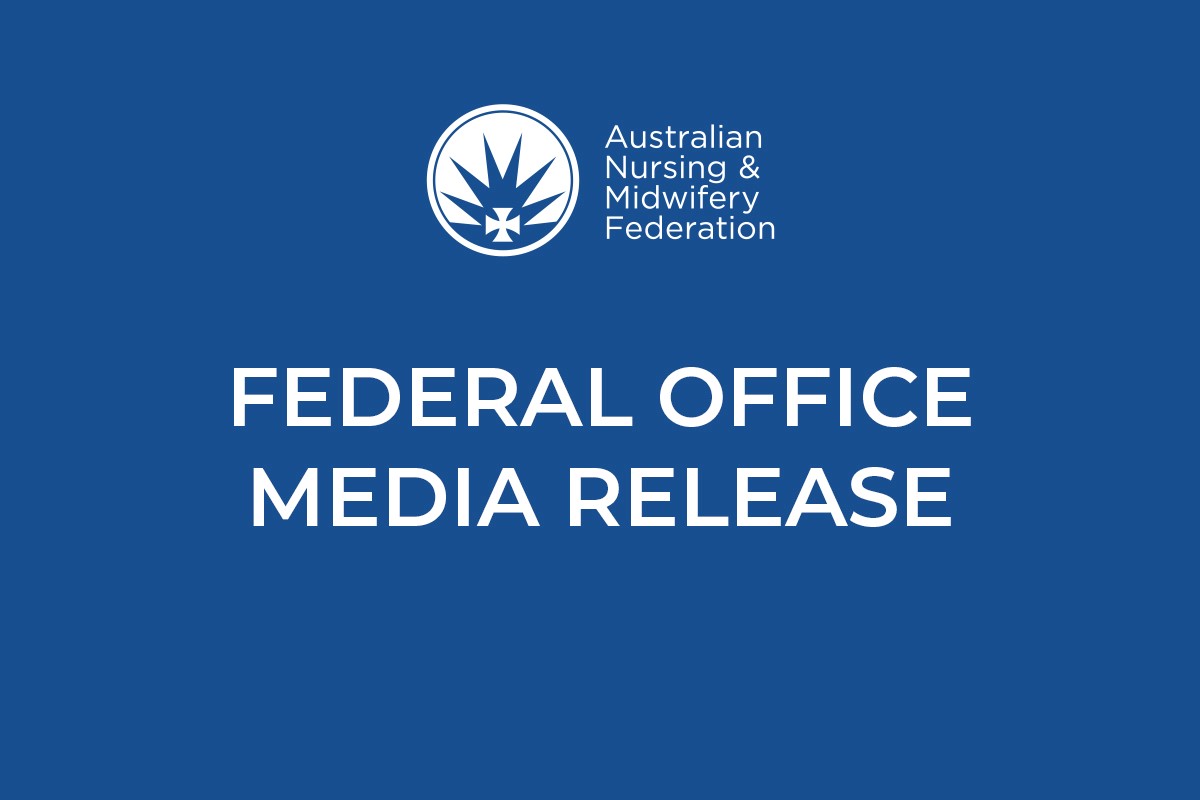Content warning: this column discusses family and intimate partner violence.
Family violence is a health issue impacting our members.
Every shift nurses, midwives and personal care workers care for people affected by family violence.
The complexity of this work is even more challenging if you are a survivor yourself and can compound the trauma.
In 2018, pioneering research into the prevalence of intimate partner and family violence against Australian female health professionals found that 45 per cent of respondents had experienced violence from a partner or family member during their lifetime.
Of those surveyed, 31 per cent were nurses and 36.6 per cent were midwives.
Given that at the time ANMF (Vic Branch) represented more than 96,000 nurses, midwives and personal care workers, we commissioned further research to investigate the extent of members’ experience of family violence and sexual assault, and what support and advocacy the Branch could provide.
Almost 11,500 ANMF members, including 10,629 women and 772 men, completed our Health Wellbeing and Relationships Survey in 2019. I would like to thank everyone who took the time to fill in this 20-minute survey which is the largest survey of its kind anywhere in the world.
University of Melbourne researcher Dr Elizabeth McLindon presented her team’s important findings at our 2022 Annual Delegates Conference. Key findings include:
- in the previous 12-months, around 1 in 5 women and men had experienced violence by an intimate partner
- 1% of women and 35% of men had experienced intimate partner violence since the age of 16
- the experience of childhood physical/sexual abuse or exposure to violence a parent was reported by 50.8% of men and 44.0% of women.
- since the age of 16, 11.7% of men and 1.7% of women had behaved in a way that had made a partner or ex-partner feel afraid of them.
Survivors of family violence reported poorer physical health, post-traumatic stress, drank dangerous levels of alcohol, experienced higher levels of depression and anxiety and were more likely to be unable to access family or friends for support.
ANMF has adopted all five of the recommendations from research report titled You can’t swim well if there is a weight dragging you down: family violence against Australian nurses, midwives and carers.
These include the advocacy role ANMF can have in raising awareness of nurses’ midwives and carers’ survivor stories, adopting a trauma-informed approach, develop accessible family violence information, continuing our work to reduce and prevent workplace aggression and violence and the promotion of first-line training.
The health and wellbeing of our members and our healthcare workforce is critical, and this research comes at a time when many nurses, midwives and personal care workers are already experiencing pandemic exhaustion and burn out.
There is much work to do and that work is underway.
Many ANMF staff have already undertaken first-line training.
We have launched our new ‘Safe Haven’ website to provide information about support and legal services and family violence leave to all Victorian nurses, midwives and carers and to help their colleagues and managers navigate how to provide appropriate support.
The ‘Safe Haven’ website also provides information for nurses, midwives and carers concerned about their own behaviour. This is because the survey findings also showed that since the age of 16 years, 11.7% of men and 1.7% of women had behaved in a way that had made a partner or ex-partner feel afraid of them.
We are bringing this difficult issue out of the shadows and into the open. We want Victorian nurses, midwives and carers, who have or are still experiencing family violence, to know you are not alone and there is no shame in disclosure and asking for support when you are ready.
* University of Melbourne researchers said the findings in relation to men were significant and require further investigation. The prevalence of intimate partner violence reported by men respondents was disproportionately high compared with the national community prevalence rates, although consistent with two previous 12-month studies of male nurses. Several factors may have contributed to this finding, including a higher proportion of men than women in a same sex relationship and more men than women reporting a history of child abuse which was associated with higher odds of reporting adult intimate partner violence. The male intimate partner violence prevalence data had relative standard errors of up to 12%, so these results require a greater degree of interpretive caution.




